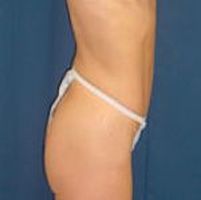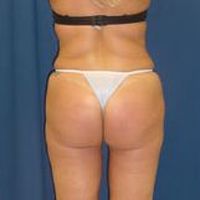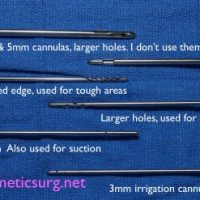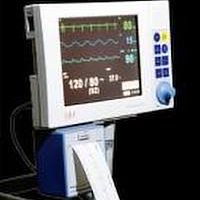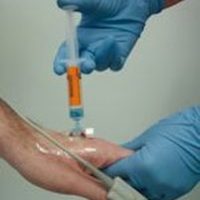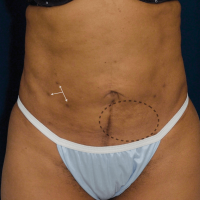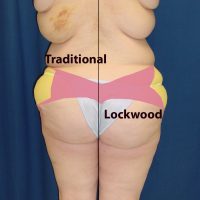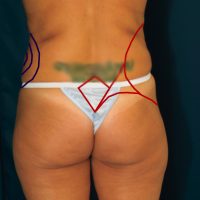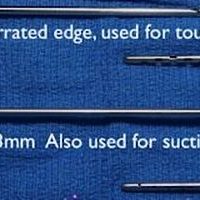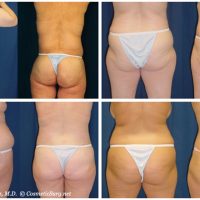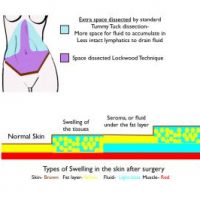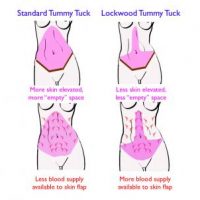The Body lift is a procedure which lifts and tightens the lower part of the body. The procedure is actually three separate procedures performed in the same operative session. The component parts of the Body lift are the Tummy tuck, the outer thigh lift and excisional butt lift. The average amount of time required for the Lower body lift procedure is 7-8 hours and it can be performed under general anesthesia or IV sedation. With the procedure taking so much time, you may ask “How safe is a Body lift?” Surgery has a variety of risks, but the choice of anesthesia for the Body lift can definitely reduce the biggest risk – the risk of pulmonary embolism, or blood clot to the lungs. With long procedures, 5-7% of patients develop pulmonary embolism with the use of general anesthesia. So, in order to completely eliminate that risk , I have been using IV sedation exclusively instead of general anesthesia for the past couple of years.


